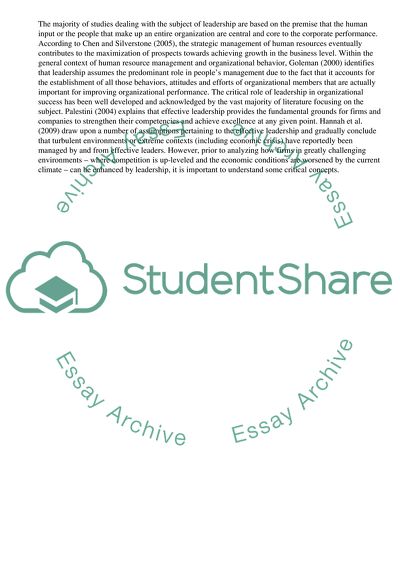Cite this document
(Effective Leadership and Organizational Success Article, n.d.)
Effective Leadership and Organizational Success Article. Retrieved from https://studentshare.org/management/1730187-managing-and-leading-people
Effective Leadership and Organizational Success Article. Retrieved from https://studentshare.org/management/1730187-managing-and-leading-people
(Effective Leadership and Organizational Success Article)
Effective Leadership and Organizational Success Article. https://studentshare.org/management/1730187-managing-and-leading-people.
Effective Leadership and Organizational Success Article. https://studentshare.org/management/1730187-managing-and-leading-people.
“Effective Leadership and Organizational Success Article”, n.d. https://studentshare.org/management/1730187-managing-and-leading-people.


